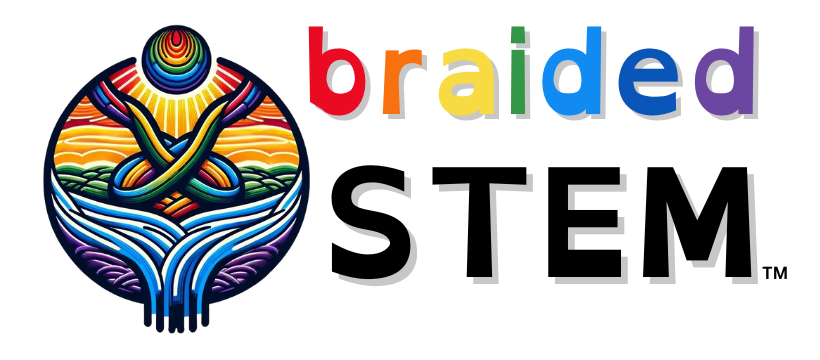K-2
ACS Inquiry in Action: 2nd Grade Chapter 4 – Float and Sink
Lesson 4.1 – Float and Sink Students place small common objects made from wax, wood, metal, and rubber in water to investigate the question: Do certain materials tend to float or sink in water?
Read MoreACS Inquiry in Action: 2nd Grade Chapter 3 – Dissolving is a Property
Lesson 3.1 – Dissolving is a Property Students develop a test to compare the dissolving of an M&M and a Skittle in water to investigate the question: Do M&Ms and Skittles dissolve by the same amount?
Read MoreACS Inquiry in Action: 2nd Grade Chapter 2 – Liquids Have Properties
Lesson 2.1 – Liquids have properties Students do simple tests to observe the properties of water, mineral oil, and corn syrup on the surface of a zip-closing plastic bag to investigate the question: Can liquids that look similar have different properties?
Read MoreACS Inquiry in Action: 2nd Grade Chapter 1 – Properties of Matter
Lesson 1.1 – Classifying Objects Based on their Observable Properties Students sort common objects according to characteristics such as shape, flexibility, and the material they are made from to investigate the question: Can you group objects based on their characteristics? Lesson 1.2 – Testing Materials to Learn About Their Properties Students conduct…
Read MoreWhat’s the Matter with the Three Little Pigs? by Thomas Kingsley Troupe and Jomike Tejido (Illustrator)
States of Matter from PBS Learning Media
Is Flour a Solid or a Liquid? from PBS Learning Media
The Mammoth Game from Creative Learning Exchange
In this activity, teams of students play a dice and graphing game to track the population growth and decline of a herd of twenty mammoths. By changing variables and probabilities with the dice, students can explore theories of extinction and speculate about which factors contributed to the wooly mammoths’ demise. Potential interdisciplinary links include science…
Read More